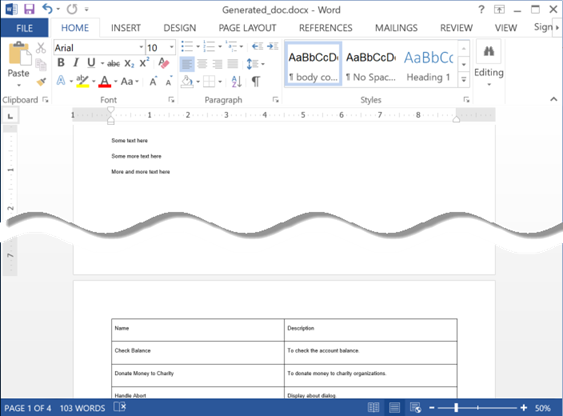Create Model Transitor using Open API
Model Transitor is a feature that allows to create ‘transit’ relationships within your Visual Paradigm models, which can be a useful reference in identifying the cause of design changes in the future. The Model Transitor can be generated programmatically using Open API. In this article we will teach you how to create Model Transitor using Open API. Read more


 In
In 
 CSV (comma-separated values) file is a very common file format for saving textual data in table structure. Each line in the CSV file is presenting an entry, while fields in each record is speared by commas (or other separator). Data in CSV can be used with any spreadsheet program, or even for exchange of information between applications. In this article we will show you how you can make use of
CSV (comma-separated values) file is a very common file format for saving textual data in table structure. Each line in the CSV file is presenting an entry, while fields in each record is speared by commas (or other separator). Data in CSV can be used with any spreadsheet program, or even for exchange of information between applications. In this article we will show you how you can make use of 